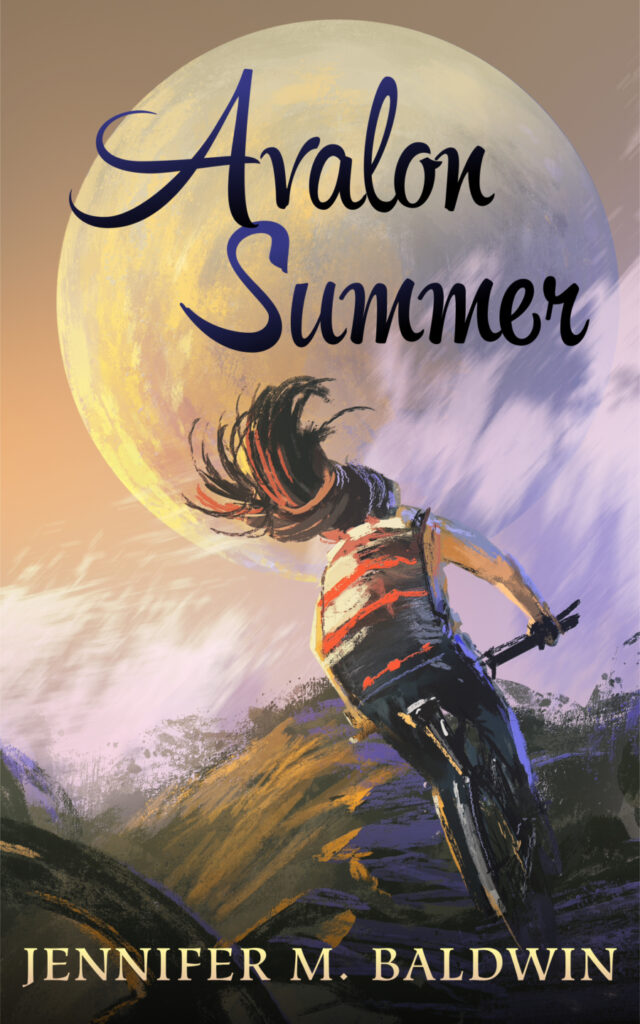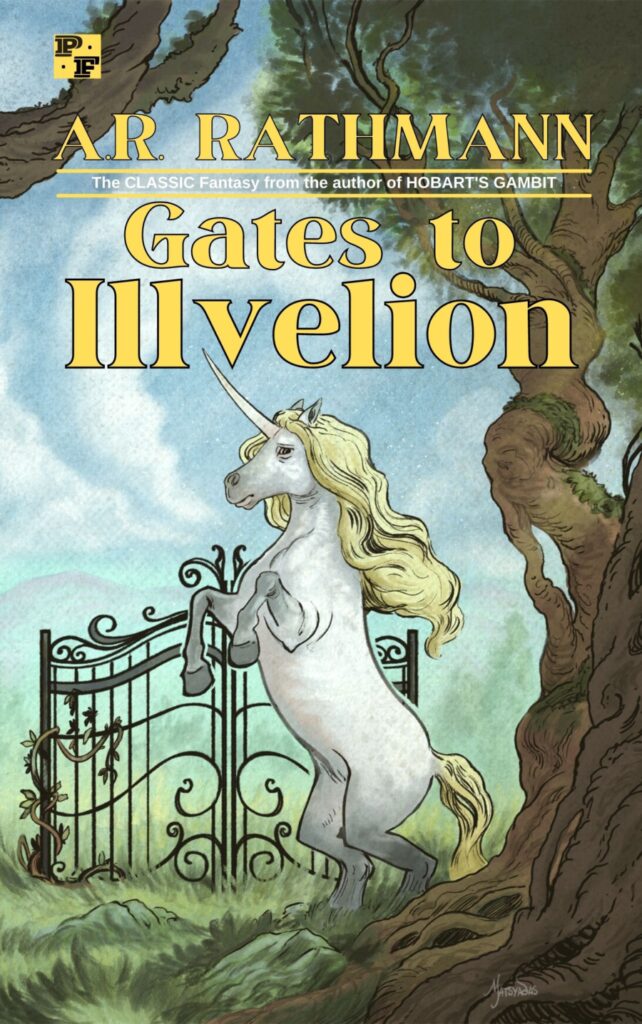My writing has been hampered lately by a fear-based mindset. Every time I sit down at the computer to work, I look at my work-in-progress and worry that whatever I write next will be garbage. I’ll ruin the whole story.
This fear is crippling. I know rationally that I can always write a sentence and then change it if I don’t like it. But this doesn’t solve all the insecurities and fears that aren’t rational. It doesn’t address all my doubts.
I sit at the computer and doubt my judgment: Will I have the necessary skill to recognize a bad sentence, a bad plot line, a bad detail? What if my judgment is faulty? What if I write badly and can’t see it? Then I’ll have ruined my whole story. No one will like it. No one will read it. I’ll embarrass myself.
I hate these thoughts. I hate having these insecurities. But it’s very difficult to suppress them. I don’t think I’ll ever get rid of them. I’m looking for ways to overcome them, but I’m not sure what to do.
In the past, I’ve used 4thewords to help me get through these doldrums, but the more I used this online writing game, the more I felt like my stories became a means to an end. I wrote not because I wanted to spin a good yarn but because I wanted to earn points and level up in the game. This is an issue with gamification in general: extrinsic rewards supplant intrinsic ones. When I was using 4thewords to get my stories finished, I ended up thinking of my stories as vessels for earning points. What I wrote wasn’t important, it was just the amount that mattered. I needed enough words to defeat a bunch of monsters, not to tell a compelling story.
I stopped using 4thewords because I didn’t like that it was training my brain to write for points. But I can’t deny that it helped me get over a lot of my fears about the blank page. I’m sure it works very well for many writers, but for me, my brain was learning all the wrong lessons.
What I’d like to discover this time around is a way to get over my fears that doesn’t involve gamification or substituting extrinsic rewards for intrinsic ones.
(Side note: I know I probably need to work on figuring out why I have these fears in the first place and put effort into changing my mindset. I’ve tried addressing my mindset in the past, and while I’ve seen some progress in tamping down my perfectionism and imposter syndrome, I’ve not made enough progress to alleviate writer’s block entirely. One of the best strategies I’ve come across is to switch what I’m working on. I’m kinda doing that now, in fact… writing a blog post instead of working on a story. This old switcheroo is great for getting my fingers typing again, but it creates a problem when it comes to finishing things. If I’m always switching projects, I’m never finishing them. This strikes at the heart of the problem: I haven’t truly addressed my fears. Switching projects might help the initial block, but it doesn’t help my overall perfectionism and self-doubt.)
The only strategy I can think of at the moment is to leave my screen behind and switch to drafting on paper. I love writing by hand and do it everyday in my Writer’s Notebook, but when I’m working on an essay, newsletter, or fiction story, I tend to write on the computer. I can type much faster than I can handwrite. If the ideas are flowing quickly, my keyboard is the better tool for getting words down faster.
But the computer screen invites a kind of formality into the process. I don’t know why it does, it just does. I sit at the computer, stare at the screen, and feel like whatever words I type on the screen are THE words. They are weirdly hard to extricate from the story. I know deleting things on the computer is super easy. One strike of the keyboard and whole pages can be swept into nothingness. I know this, but yet my brain sees those words on the screen, existing with all the other words I’ve already written, and it starts to believe that those words are practically published, practically finished and ready for the reader to see.
Maybe I should blame blogging for this development in how my brain works. After all, I type the words into the text field on WordPress, and with one click of a button, they are published to the internet. How could my thinking not be affected after more than a decade of blogging, of composing words on the computer and expecting them to be published with one click?
But my Writer’s Notebook is different. In my WNB, I handwrite everything. I don’t show anyone my notebook. It’s not meant to be published. If I write something in the notebook that later becomes an essay or newsletter or story, I usually change things when I retype the handwritten words into the computer. A word here or there, adding things, cutting things, etc. The handwritten words are for me and me alone. Only when I type them up do I decide they might have merit for another reader.
Because of this habit, I know my brain associates handwriting with experimentation, privacy, and play. Typing is for “professional” stuff. Handwriting is for me. It’s where I go to enjoy myself. Just as typing up blog posts has trained my brain to associate typing with publishing, my WNB has trained my brain to associate handwriting with joy and relaxation.
What I need to rediscover is the intrinsic reward of writing a story just for the pleasure of writing a story. No more points or leveling up. No more typing on the computer always with an eye towards the “publish” button.
What if I told stories to myself, handwriting them on a yellow legal pad or in my Writer’s Notebook? What if I thought only about the fun and experimentation that comes with writing by hand? Will this free me from the pressure to be “good”? To escape the trap of perfectionism that always seems to creep up when I’m typing on the computer?
Whether this is a quick fix or a permanent solution, I can’t say. I do know that when I think about that yellow legal pad, when I imagine myself scribbling words onto it, I get excited. Handwriting means experimentation. Play. Joy. When I’m writing by hand, the pressure is off. Thinking about that yellow legal pad, about the movements of my fingers as the black ink streaks across the page, I suddenly want to start writing the next sentence of my story. I want to see where my hand will take me. The computer screen feels like a closed, sterile room. The handwritten page feels like a wild and winding path.


